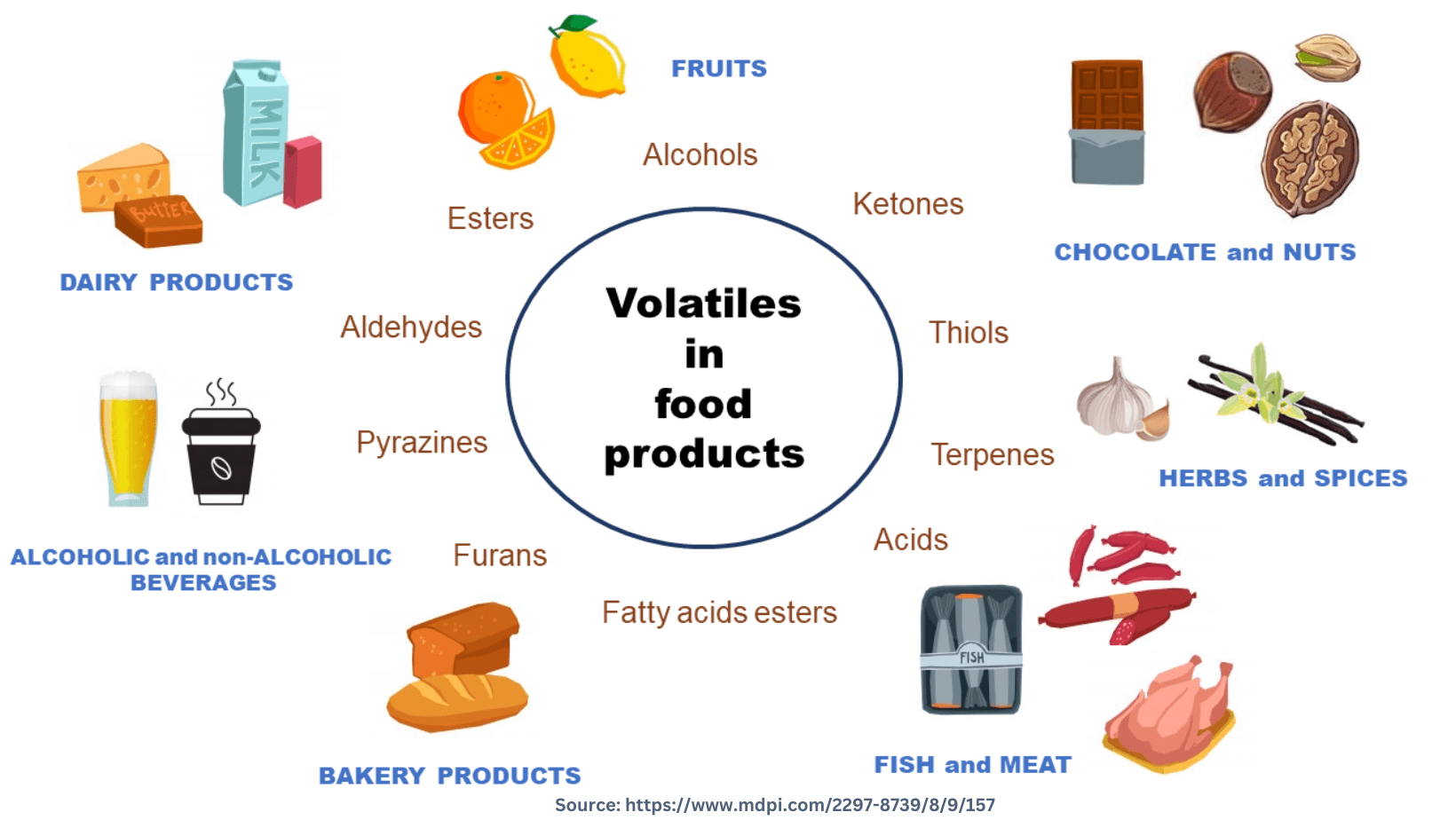Volatile organic compounds (VOCs) are organic chemical compounds that easily vaporize under normal indoor atmospheric conditions of temperature and pressure1. These compounds have a high vapor pressure and low water solubility, making them readily emit as gases from certain solids or liquids3.
Sources and Prevalence
VOCs are ubiquitous in our environment, found in various products and settings:
- Building materials and furnishings
- Paints, varnishes, and wax
- Cleaning supplies and disinfectants
- Cosmetics and personal care products
- Fuels and automotive products
- Office equipment (e.g., copiers, printers)
- Pesticides and herbicides
Notably, VOC concentrations are often 2 to 5 times higher indoors than outdoors, regardless of whether homes are in rural or industrial areas3.
Health Effects
Exposure to VOCs can lead to both short-term and long-term health effects:
Short-term effects:
- Eye, nose, and throat irritation
- Headaches and dizziness
- Nausea and vomiting
- Worsening of asthma symptoms8
Long-term effects:
- Damage to liver, kidney, and central nervous system
- Potential increased cancer risk in humans
- Respiratory issues, including the onset of asthma and wheezing9
Mitigation Strategies
To reduce exposure to VOCs:
- Increase ventilation when using products containing VOCs
- Read product labels and choose low-VOC or VOC-free alternatives
- Safely dispose of unused products containing VOCs
- Limit the use of products known to emit high levels of VOCs
Regulatory Approach
VOCs are regulated, especially in indoor environments where concentrations are highest7. The Environmental Protection Agency (EPA) and other health organizations continue to study and monitor VOCs to protect public health and the environment.
In conclusion, while VOCs play essential roles in many products and even in nature, their potential health impacts necessitate careful management and awareness in both indoor and outdoor environments.
Citations:
- https://www.epa.gov/indoor-air-quality-iaq/technical-overview-volatile-organic-compounds
- https://www.epa.gov/indoor-air-quality-iaq/volatile-organic-compounds-impact-indoor-air-quality
- https://www.epa.gov/indoor-air-quality-iaq/what-are-volatile-organic-compounds-vocs
- https://www.medicalnewstoday.com/articles/volatile-organic-compounds-health-effects
- https://pmc.ncbi.nlm.nih.gov/articles/PMC8700805/
- https://www.lung.org/clean-air/indoor-air/indoor-air-pollutants/volatile-organic-compounds
- https://en.wikipedia.org/wiki/Volatile_organic_compound
- https://www.health.state.mn.us/communities/environment/air/toxins/voc.htm
- https://pmc.ncbi.nlm.nih.gov/articles/PMC7914726/


